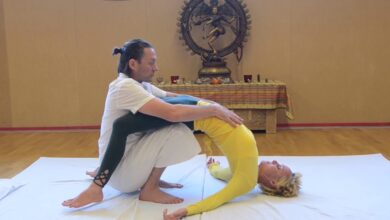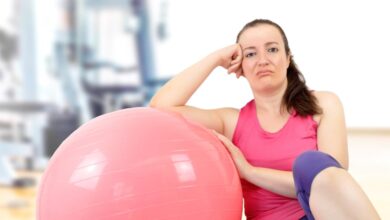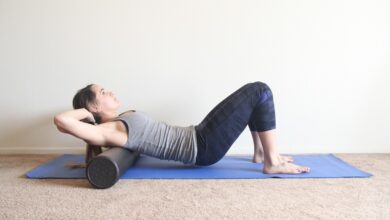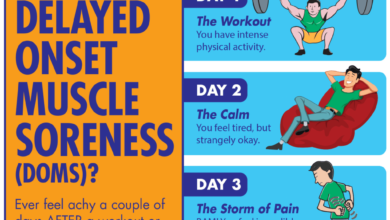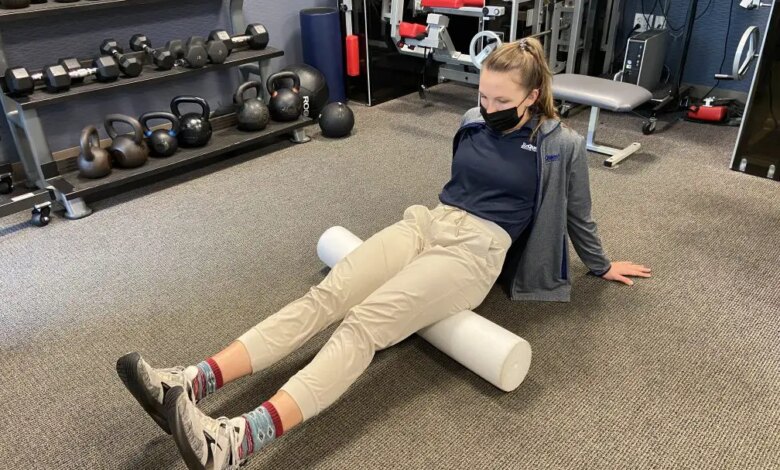
Foam Rolling vs. Massage: Which is Better for Performance?
Foam rolling versus massage for performance and recovery – it’s a question that’s been swirling around the fitness world for a while now. Both methods are touted as essential tools for athletes, promising to enhance recovery, reduce muscle soreness, and boost performance.
But which one reigns supreme? Let’s dive into the fascinating world of muscle recovery and explore the unique benefits of each approach.
From the science behind how foam rolling and massage work to the practical tips for incorporating them into your training routine, we’ll dissect the pros and cons of each method, leaving you equipped to make informed choices about your recovery strategy.
Get ready to discover the best ways to optimize your body’s ability to bounce back from intense workouts and reach peak performance.
Foam Rolling vs. Massage for Performance and Recovery: Foam Rolling Versus Massage For Performance And Recovery
In the world of sports and fitness, recovery is just as important as training. It’s the time when your body repairs itself, adapts to the stress of exercise, and prepares for the next challenge. Two popular recovery methods that athletes often turn to are foam rolling and massage.
Both techniques aim to improve flexibility, reduce muscle soreness, and enhance performance, but they achieve these goals through different mechanisms. This article will delve into the intricacies of foam rolling and massage, comparing their effectiveness in promoting performance and recovery.
Importance of Recovery for Athletic Performance
Recovery plays a crucial role in athletic performance. When you exercise, your muscles experience microscopic tears, which trigger an inflammatory response. This inflammation is a natural part of the repair process, but if it’s not managed effectively, it can lead to muscle soreness, stiffness, and decreased range of motion.
This can hinder your ability to train effectively and reach your full potential.
Adequate recovery allows your body to repair damaged tissues, rebuild muscle protein, and replenish energy stores. It also helps reduce the risk of injuries, improve mental focus, and optimize performance over time. By prioritizing recovery, athletes can enhance their training adaptations, prevent overtraining, and achieve long-term success.
Foam Rolling vs. Massage
Both foam rolling and massage are popular methods for enhancing muscle recovery and performance. While they share some similarities, they also have distinct characteristics that make them suitable for different needs and preferences.
Choosing between foam rolling and massage for performance and recovery can feel like a similar dilemma to deciding whether to opt for a long walk or a short run – both have their benefits! If you’re looking for a deeper, more targeted release, massage might be the way to go, while foam rolling can offer a more accessible and self-directed option.
But just like you might choose a long walk over a short run depending on your goals and time constraints , the best choice for you will depend on your individual needs and preferences. Ultimately, both foam rolling and massage can contribute to better recovery and performance, so listen to your body and experiment to find what works best for you.
Effectiveness of Foam Rolling and Massage
Foam rolling and massage are both effective methods for improving muscle recovery and performance. Both techniques can help to reduce muscle soreness, increase range of motion, and improve flexibility. However, their mechanisms of action and effectiveness vary depending on the specific technique and the individual’s needs.
- Foam rollingis a self-myofascial release technique that involves applying pressure to muscles using a foam roller. It helps to break up muscle adhesions, improve blood flow, and reduce muscle soreness. Studies have shown that foam rolling can be effective in reducing muscle soreness and improving range of motion after exercise.
For example, a study published in the Journal of Strength and Conditioning Research found that foam rolling after a strenuous workout significantly reduced muscle soreness and improved range of motion compared to a control group.
- Massageis a more hands-on technique that involves applying pressure to muscles and tissues using various strokes and techniques. It can help to relax muscles, improve blood circulation, and reduce muscle tension. Massage can also be used to address specific muscle imbalances and injuries.
Research has shown that massage can be effective in reducing muscle soreness, improving sleep quality, and reducing stress levels. For instance, a study published in the Journal of Clinical Massage Therapy found that massage therapy significantly reduced muscle soreness and improved sleep quality in athletes after a marathon race.
Combining Foam Rolling and Massage
Combining foam rolling and massage can provide synergistic benefits for muscle recovery and performance enhancement. Foam rolling can help to prepare muscles for massage by breaking up adhesions and improving blood flow. Massage can then further relax muscles, improve circulation, and address specific muscle imbalances.
- Increased effectiveness:Combining foam rolling and massage can lead to a greater reduction in muscle soreness, improved range of motion, and enhanced performance compared to using either method alone. For example, a study published in the International Journal of Sports Physical Therapy found that a combination of foam rolling and massage was more effective in reducing muscle soreness and improving range of motion after a strenuous workout compared to foam rolling or massage alone.
- Complementary benefits:Foam rolling and massage address different aspects of muscle recovery and performance. Foam rolling primarily focuses on breaking up adhesions and improving blood flow, while massage targets muscle relaxation, tension release, and injury rehabilitation. Combining these techniques can provide a more comprehensive approach to muscle care.
Limitations of Foam Rolling and Massage
While both foam rolling and massage offer numerous benefits, they also have limitations.
Foam rolling and massage are both popular recovery tools, but the debate rages on about which is better for performance and recovery. Some swear by the targeted pressure of a foam roller, while others prefer the hands-on expertise of a massage therapist.
But just like the debate on whether or not to supplement experts debate should you supplement , the best approach likely depends on individual needs and preferences. Ultimately, finding what works best for you is key to optimizing your performance and recovery.
- Foam rollingcan be uncomfortable and may not be suitable for everyone, especially individuals with certain medical conditions. It is also less effective in addressing deep tissue issues and muscle imbalances compared to massage.
- Massagecan be expensive and time-consuming. It also requires a skilled therapist to achieve optimal results. While effective for addressing muscle imbalances and injuries, it may not be as effective as foam rolling in reducing muscle soreness and improving range of motion.
Suitability for Different Athletes and Training Programs, Foam rolling versus massage for performance and recovery
The suitability of foam rolling and massage depends on various factors, including the athlete’s training program, injury history, and individual preferences.
- Foam rollingis well-suited for athletes who engage in high-intensity training, as it can help to reduce muscle soreness and improve recovery. It is also a cost-effective and convenient option that can be performed independently.
- Massageis more appropriate for athletes with specific muscle imbalances, injuries, or chronic pain. It can also be beneficial for athletes who require a more personalized and hands-on approach to muscle care.
Comparison of Foam Rolling and Massage
| Feature | Foam Rolling | Massage |
|---|---|---|
| Cost | Low | High |
| Time Commitment | Low | High |
| Effectiveness for Muscle Soreness | Moderate | High |
| Effectiveness for Range of Motion | Moderate | High |
| Effectiveness for Muscle Imbalances | Low | High |
| Effectiveness for Injuries | Low | High |
| Suitability for Self-Treatment | High | Low |
Practical Considerations
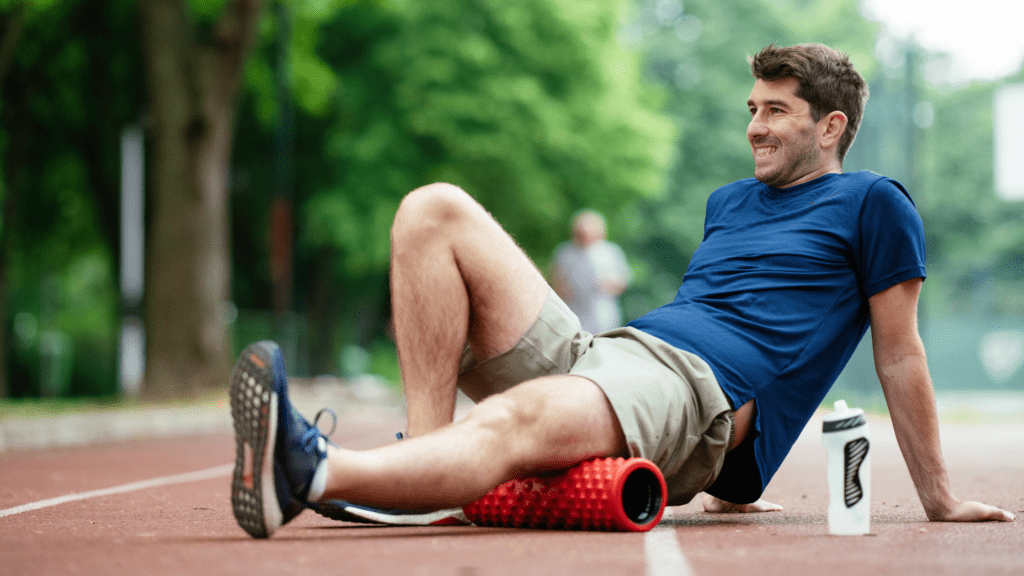
Choosing between foam rolling and massage for performance and recovery is a personal decision based on individual needs and goals. While both methods offer benefits, understanding the nuances of each approach can help you make an informed choice.
Deciding between foam rolling and massage for performance and recovery can be tricky, but ultimately it boils down to your individual needs and preferences. Both methods offer benefits, but if you’re concerned about maintaining balance and reducing the risk of falls, it’s essential to pay attention to your diet.
This article on avoiding falls and the 7 biggest diet traps provides valuable insights into maintaining a healthy diet to prevent falls, which is crucial for both athletes and everyday individuals. By focusing on a balanced diet and incorporating appropriate recovery techniques, you can improve your overall health and well-being, allowing you to perform at your best and minimize the risk of falls.
Factors Influencing Choice
The decision to choose foam rolling or massage should be based on factors such as:
- Budget:Foam rolling is generally more affordable than massage therapy.
- Time Commitment:Foam rolling can be done independently and requires less time commitment than massage therapy.
- Pain Tolerance:Massage therapy can be more intense and potentially painful than foam rolling, especially for individuals with sensitive muscles or injuries.
- Access to Professionals:Finding a qualified massage therapist may be challenging depending on location and availability.
- Specific Needs:If you have specific conditions, such as chronic pain or injuries, consulting a qualified professional is crucial to determine the most appropriate approach.
Frequency, Duration, and Intensity
- Foam Rolling:
- Frequency:2-3 times per week, focusing on tight areas.
- Duration:10-15 minutes per session, with 30-60 seconds per muscle group.
- Intensity:Adjust pressure based on pain tolerance, aiming for a comfortable stretch.
- Massage Therapy:
- Frequency:1-2 times per week, depending on individual needs and goals.
- Duration:30-60 minutes per session, tailored to specific areas and goals.
- Intensity:Varies based on massage type and individual preference, ranging from light relaxation to deep tissue work.
Potential Risks and Precautions
- Foam Rolling:
- Risk of Injury:Improper technique or excessive pressure can lead to muscle strain or injury.
- Pain Aggravation:Foam rolling can worsen existing pain or injuries, especially in acute conditions.
- Precautions:Avoid rolling over bony prominences, and stop if you experience sharp pain.
- Massage Therapy:
- Risk of Injury:Improper technique or excessive pressure can lead to muscle strain or injury.
- Pain Aggravation:Deep tissue massage can worsen existing pain or injuries, especially in acute conditions.
- Precautions:Inform the therapist about any medical conditions or injuries before the massage session.
Importance of Professional Guidance
Consulting a qualified professional, such as a physical therapist or certified massage therapist, is crucial for personalized guidance. They can assess your individual needs, provide tailored recommendations, and address any concerns. They can also help you develop a safe and effective foam rolling or massage routine that aligns with your goals and minimizes potential risks.
Conclusion
This article has explored the benefits of foam rolling and massage for enhancing athletic performance and promoting recovery. Both methods have demonstrated their effectiveness in addressing muscle soreness, improving flexibility, and enhancing range of motion.While both foam rolling and massage offer distinct advantages, their effectiveness can vary depending on individual needs and preferences.
Key Findings
The research suggests that foam rolling is particularly beneficial for addressing muscle soreness and improving flexibility, while massage can be more effective for promoting relaxation, reducing stress, and enhancing blood flow.
- Foam rolling effectively reduces muscle soreness and improves flexibility, making it an ideal tool for post-workout recovery.
- Massage, on the other hand, promotes relaxation, reduces stress, and enhances blood flow, which can be beneficial for overall well-being and athletic performance.
“Both foam rolling and massage can play a significant role in enhancing athletic performance and promoting recovery.”
Recommendations
Incorporating both foam rolling and massage into your recovery strategy can provide a comprehensive approach to optimizing your athletic performance and overall well-being.
- Consider incorporating foam rolling into your post-workout routine to address muscle soreness and improve flexibility.
- Schedule regular massage sessions to promote relaxation, reduce stress, and enhance blood flow.
Concluding Remarks
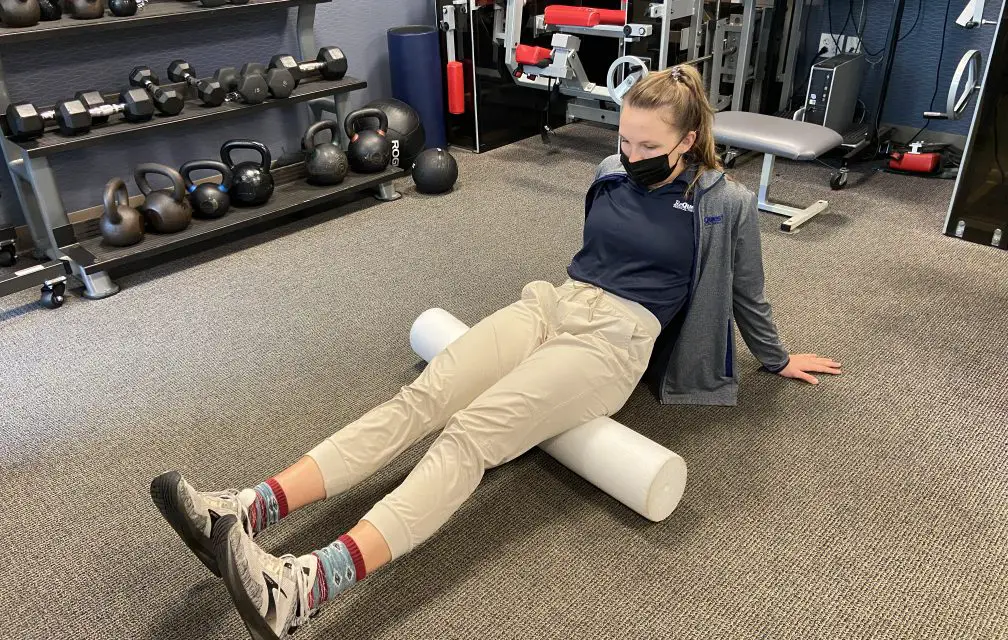
Ultimately, the choice between foam rolling and massage boils down to your individual needs, preferences, and goals. While both methods can contribute significantly to your recovery and performance, the ideal approach might be a combination of both. Don’t hesitate to consult a qualified professional to tailor a recovery strategy that’s perfect for you.
Whether you choose to roll, get a massage, or both, remember that prioritizing recovery is crucial for maximizing your athletic potential and enjoying a pain-free journey towards your fitness goals.

